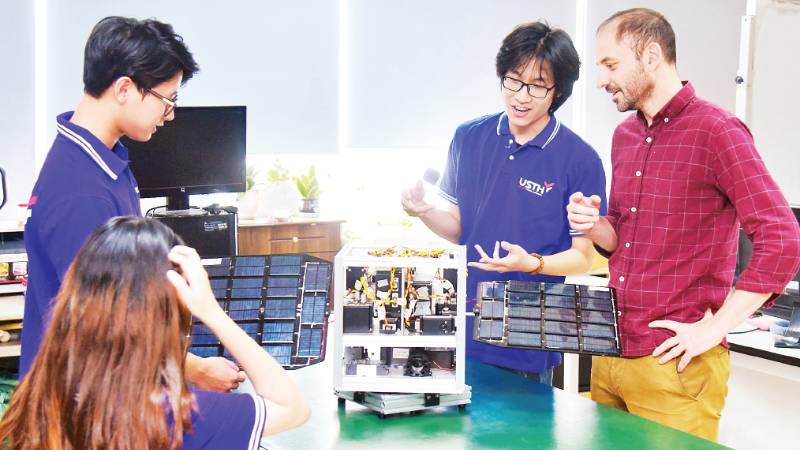
In particular, key areas such as space science and remote sensing technology not only have strategic significance but also open up opportunities for Vietnam to reposition its national capacity in the space age. However, to turn the vision into reality, Vietnam needs a synchronous human resource development strategy.
Vietnam has made its first steps in mastering space technology. However, the journey to develop space science and remote sensing still faces many obstacles, especially the bottleneck of human resources.
Lack of human resources
Nguyen Quang Minh, a student majoring in Physics at a famous high school in Hanoi , was once so passionate about the universe that he built his own small telescope and was an active participant in astronomy forums... But facing the recent university entrance exam, Minh did not apply to any university's space or remote sensing major but chose the electronics major at the University of Technology. Minh's story is not surprising.
Attracting good students to pursue space science is very difficult because this is an unpopular field of study, and the career path is not easily accessible to the majority of people compared to other "hot" fields such as information technology, semiconductors, finance, etc.
Dr. Tong Si Son, Deputy Head of the Faculty of Space and Applications, Hanoi University of Science and Technology, a unit of the Vietnam Academy of Science and Technology
According to Dr. Tong Si Son, Deputy Head of the Faculty of Space and Applications, Hanoi University of Science and Technology, a unit of the Vietnam Academy of Science and Technology, attracting good students to pursue the field of space science is very difficult because this is an unpopular field of study, and the career path is not easily accessible to the majority of people compared to other "hot" fields such as information technology, semiconductors, finance...
Vietnam has achieved proud milestones in the space industry, from the Vinasat-1 telecommunications satellite in 2008 to the VNREDSat-1 Earth observation satellite (2013), and then small satellites designed by Vietnam such as PicoDragon, MicroDragon, NanoDragon. These achievements affirm a major shift in this industry, but a closer look reveals that Vietnam is still mainly at the exploitation and operation stages. Meanwhile, space technology increasingly plays a key role not only in science, but also in national defense, security and digital economic development.
Resolution No. 57-NQ/TW dated December 22, 2024 of the Politburo clearly identified that developing high-quality human resources is key to mastering strategic technology. Decision No. 1131/QD-TTg dated June 12, 2025 of the Prime Minister also emphasized that aerospace technology is one of 11 groups of national strategic technologies. But in reality, the industry's human resources are still "lagging behind" in both quantity and quality.
Space education and research still lack interdisciplinary integration and systems thinking. Students and engineers today often only have access to a small part of the chain of activities, from design, operation to data processing, without having the conditions to fully understand a space mission. Part of the reason is that practical practice facilities are limited, causing students to mainly learn theory and lack practical experience.
Nguyen Long - a graduate of the Hanoi University of Science and Technology, started working at the Vietnam Space Center, but with an inadequate salary, he could not stay long-term and was forced to find another direction. This is not only the story of an individual, but also reflects the paradox that we spend a lot of effort and resources to train high-quality human resources, but have not created an environment and policies attractive enough to retain them.
In the field of remote sensing, the data platform of the space ecosystem also shows that the force is still thin in scale and quality.
Mr. Tran Tuan Ngoc, Director of the National Remote Sensing Department, said that the average age of remote sensing staff in management agencies is currently over 40 years old, while training and development programs on new technologies have not been updated regularly. This leads to a gap between human resource qualifications and the speed of technological development. Many staff are proficient in traditional management processes but are limited in accessing and applying advanced tools such as artificial intelligence (AI), big data, cloud computing or modern remote sensing image analysis platforms.
Difficulties in building a systematic training program
Dr. Tong Si Son, Deputy Head of the Faculty of Space and Applications, Hanoi University of Science and Technology, said that space technology is a field that requires modern equipment and high costs from simulation laboratories, remote sensing equipment, ground stations, satellite models, to satellite data analysis software. However, many domestic universities and research institutes are still not qualified to fully equip, making it difficult to teach students in a practical and vivid way. Meanwhile, universities that train in space technology and remote sensing technology are currently only counted on the fingers.
Space technology is a field that requires modern, expensive equipment from simulation laboratories, remote sensing equipment, ground stations, satellite models, to satellite data analysis software. However, many domestic universities and research institutes are still not qualified to fully equip, making it difficult to teach students in a practical and vivid way. Meanwhile, universities that train in space technology and remote sensing technology are currently only counted on the fingers of one hand.
Dr. Tong Si Son, Deputy Head of the Faculty of Space and Applications, University of Science and Technology of Hanoi
Some institutions such as: University of Natural Sciences of Ho Chi Minh City National University and Hanoi National University, University of Mining and Geology, University of Natural Resources and Environment... have major codes and specialized training programs, but the number of students studying is small, even in many years there are not enough students, the school has to continuously announce additional enrollment. Even in the Strategy for the development of space science and technology to 2030, Vietnam aims to train 300 experts and 3,000 engineers. However, up to now, the existing human resources, especially experienced system engineers, are still very scarce.
Associate Professor, Dr. Hoang Anh Huy, Principal of the University of Natural Resources and Environment, said that the surveying and mapping industry is the foundation for remote sensing training, but in reality, only about 60 students are enrolled each year. This number is still very low compared to the development needs of the industry.
Space is a special field with a very high level of uncertainty, requiring a spirit of accepting risks. However, the current research environment is not enough to encourage breakthrough ideas and experiments. In countries like the US or Japan, the space industry is always associated with cultural symbols, ideal models of conquest and pioneering science. "Currently, we have not created an ecosystem enough for young people to believe that space science is a path with a future...", Dr. Le Xuan Huy, Deputy General Director of the Vietnam Space Center shared.
Space science is an interdisciplinary science, requiring the combination of experts in astrophysics, mechanics, electronics, automation, information technology, geoinformatics... However, in reality, the force of lecturers and scientists in this field in Vietnam is still small, unable to fully cover the necessary areas. This makes it difficult to build a systematic, internationally updated training program.
In the field of remote sensing, although the average age is quite high, it has not been able to train and attract the next generation of human resources. Mr. Tran Tuan Ngoc commented: "If there is no strategy to retrain and rejuvenate the team, the risk of falling behind in the capacity to manage and exploit remote sensing data will increase."
(To be continued)
Source: https://nhandan.vn/nhung-buoc-tien-lam-chu-cong-nghe-khong-gian-post911073.html



![[Photo] Hanoi morning of October 1: Prolonged flooding, people wade to work](https://vphoto.vietnam.vn/thumb/1200x675/vietnam/resource/IMAGE/2025/10/1/189be28938e3493fa26b2938efa2059e)
![[Photo] Keep your warehouse safe in all situations](https://vphoto.vietnam.vn/thumb/1200x675/vietnam/resource/IMAGE/2025/10/1/3eb4eceafe68497989865e7faa4e4d0e)

![[Photo] President of the Cuban National Assembly visits President Ho Chi Minh's Mausoleum](https://vphoto.vietnam.vn/thumb/1200x675/vietnam/resource/IMAGE/2025/10/1/39f1142310fc4dae9e3de4fcc9ac2ed0)

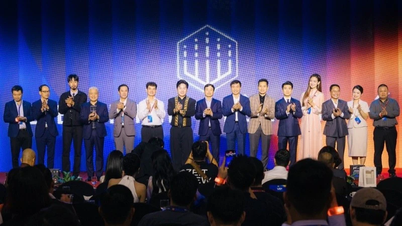
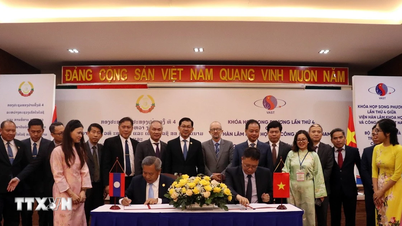

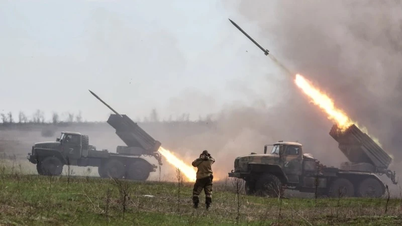

![[INFOGRAPHIC] DJI Osmo Nano Action camera, super compact, 4K 120fps recording](https://vphoto.vietnam.vn/thumb/402x226/vietnam/resource/IMAGE/2025/10/1/8408489112ee446dab897373255c827e)
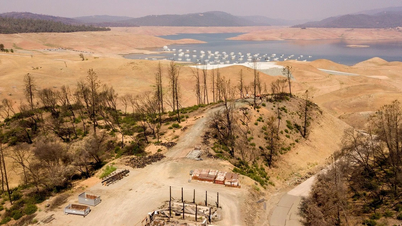
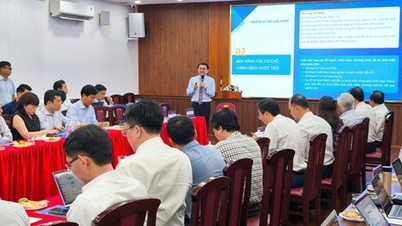





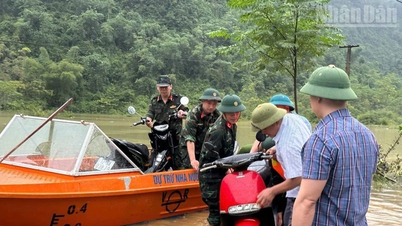
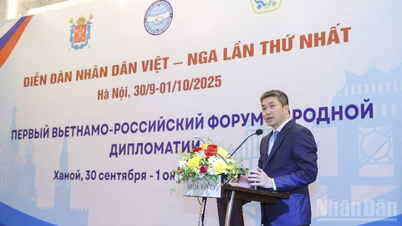
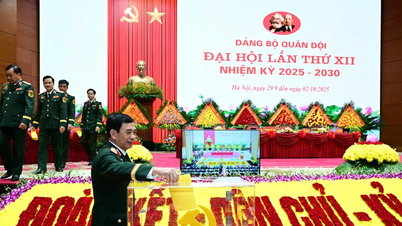
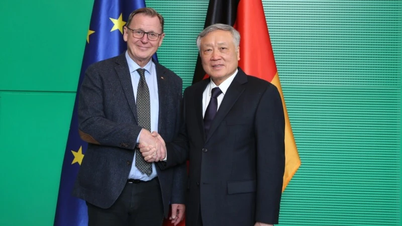
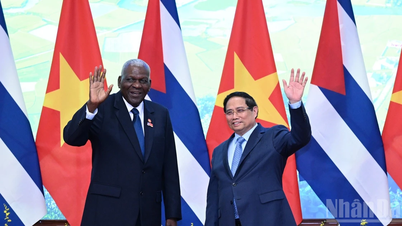
































































Comment (0)